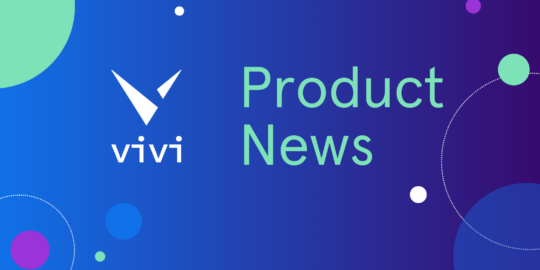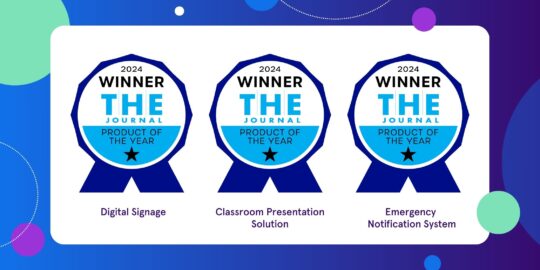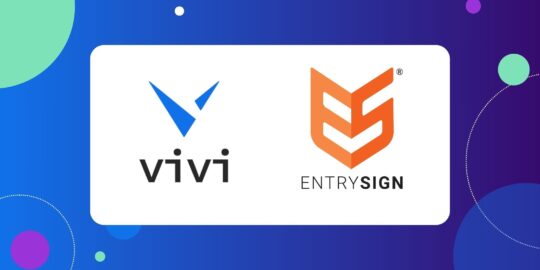
Software as a Service, also known as “SaaS” or on-demand software, is a way to deliver software-led tools that constantly seek to enhance the customer experience. By paying an on-going fee that allows a lower up-front cost, the customer is in control as the technology provider ensures expectations are always met – i.e. not being sold a product and left to figure it out yourself as the product continuously loses value.
SaaS software is licensed on a subscription basis (usually monthly or annually), is centrally hosted in the cloud, and is accessible through the internet and downloadable apps.
SaaS also provides a unique alternative to a standard software installation where you have to build the server, install the application, and configure it. Instead, the applications live on a remote cloud network accessed through the internet or an API and works like a lease or rental.
There are five clear advantages of SaaS in education:
Reduced time to benefit
Software as a Service is quickly installed and configured, so you can simply provision the server for an instance in-cloud, allowing instant use. This reduces the time spent on installation and configuration and can reduce the issues that get in the way of the software deployment.
Lower costs
SaaS generally doesn’t come with an up-front license fee, resulting in a lower initial cost. SaaS can provide beneficial cost savings since it usually resides in a shared or multi-tenant environment, where the hardware and software license costs are low compared with a traditional model where you pay for everything upfront.
Maintenance costs are reduced as well since the SaaS provider owns the environment and it is split among all customers that use that solution.
Scalability and integration
Usually, SaaS solutions reside in cloud environments that are scalable and have integrations with other SaaS offerings. Compared with the traditional model, you don’t have to buy another server or software. Additionally, you’ll have the flexibility to be able to scale your SaaS use up and down based on specific needs.
New releases (upgrades)
With SaaS, the provider upgrades the solution and it becomes available for their customers. The costs and effort associated with upgrades and new releases are lower than the traditional model that usually forces you to buy an upgrade package and install it (or pay for specialized services to get the environment upgraded).
Easy to use and perform proof-of-concepts
SaaS offerings are easy to use since they already come with baked-in best practices and samples. Users can do proofs-of-concept and test the software functionality or a new release feature in advance. Even for large environments, you can use SaaS offerings to test the software before buying.
As a hardware-enabled SaaS business, Vivi obsesses over providing IT administrators and educators continuous value by releasing regular new features designed for the education space.
Because of the hardware component, the Vivi engineering team also always ensures feature parity when a new piece of hardware is released. As we transitioned from an off-the-shelf solution to a customised, proprietary box, feature parity was critical to make sure we continued supporting previous versions of the hardware. This also coincided with a strategic change in operating systems from Linux to Android, enabling us to run receiver applications on a wide range of third-party panels.
To find out more about how Vivi services IT administrators, get in touch today.



